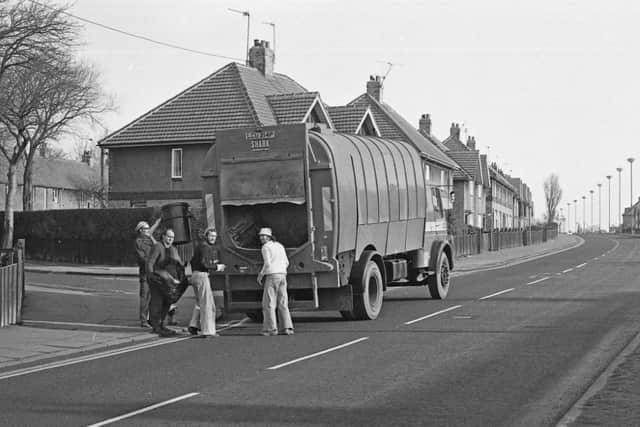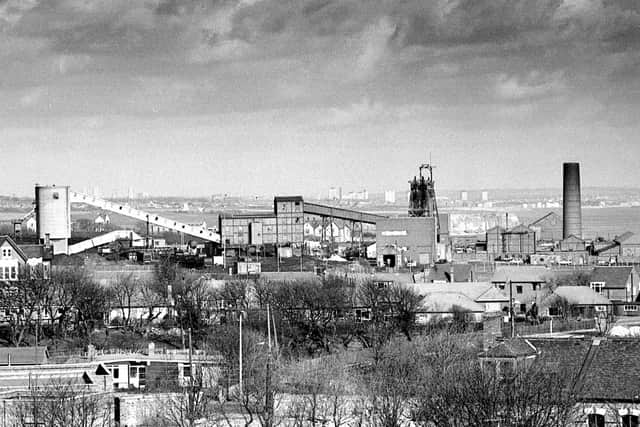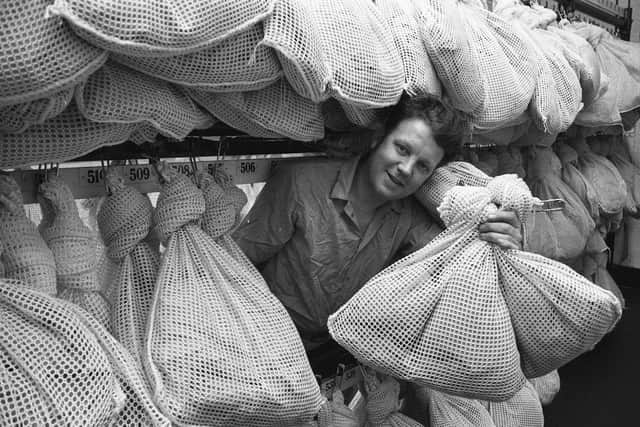Life in Sunderland in 1979, the year we were hit with bin strikes and rationing
and live on Freeview channel 276
Forty five years ago, Sunderland and the rest of Britain was feeling the effects of industrial action.
A six-week strike meant rubbish was not being collected on Wearside, just as was happening across the rest of the country.
Advertisement
Hide AdAdvertisement
Hide AdThere was petrol rationing and to add to the hardship, it was a harsh winter of storms and snowfall.
The Winter of Discontent was well under way in 1979 and did not come to an end until March as far as bin collections were concerned.


A mammoth task of clearing
By then, refuse collectors had a mammoth task of clearing Wearside’s mountain of rubbish.
The deadlock was eventually broken after lengthy talks between council officials and representatives of the General and Municipal Workers Union.
Advertisement
Hide AdAdvertisement
Hide AdThe Trimdon Street incinerator was back in operation again and Coun Joe Hall, Chairman of the Public Health Committee, asked householders not to expect rubbish to be moved at once.
Joan Collins and the Sunderland connection
“We have estimated that after six weeks without collections it will take about three weeks to clear," he said at the time.
People were being asked to only put out two weeks worth of rubbish at a time.
Tell us if you remember of the winter of discontent and the build-up of rubbish.
Advertisement
Hide AdAdvertisement
Hide AdTo give you a reminder of events at the time, these other stories were making headlines in the Sunderland Echo.
A 19-year-old Sunderland man had the job as secretary of the Joan Collins Fan Club.
Barry Langford was tasked with keeping 600 worldwide members up to date with pictures and news.
He was also involved in promotional work on her latest film ‘The Bitch'.
Advertisement
Hide AdAdvertisement
Hide AdBright orange outfits for the miners


Thirty four thousand North East miners, including those at Herrington, Vane Tempest, Eppleton, Boldon, Seaham, Blackhall and Horden, started the year in bright orange outfits.


Industrial workwear specialists were supplying miners with three sets of clothing each including a vest, shirt, and underpants, and a boiler suit or jacket and trousers.
Petrol was being rationed at the time. It restricted deliveries to dealers, and some garages to a 20per cent reduction on the previous year's supplies.
Share your memories of life on Wearside in 1979. Email [email protected]
Comment Guidelines
National World encourages reader discussion on our stories. User feedback, insights and back-and-forth exchanges add a rich layer of context to reporting. Please review our Community Guidelines before commenting.